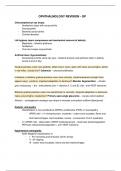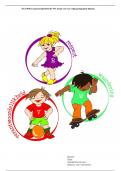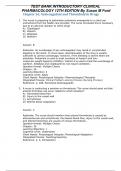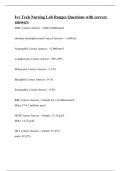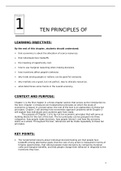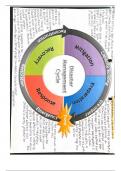Summary
Summary Medical Finals Ophthalmology Revision Notes UKMLA
- Module
- Medicine
- Institution
- University Of Leeds (UoL)
This revision material consists of a concise summary of the UKMLA ophthalmology conditions - symptoms, diagnosis + treatment
[Show more]
